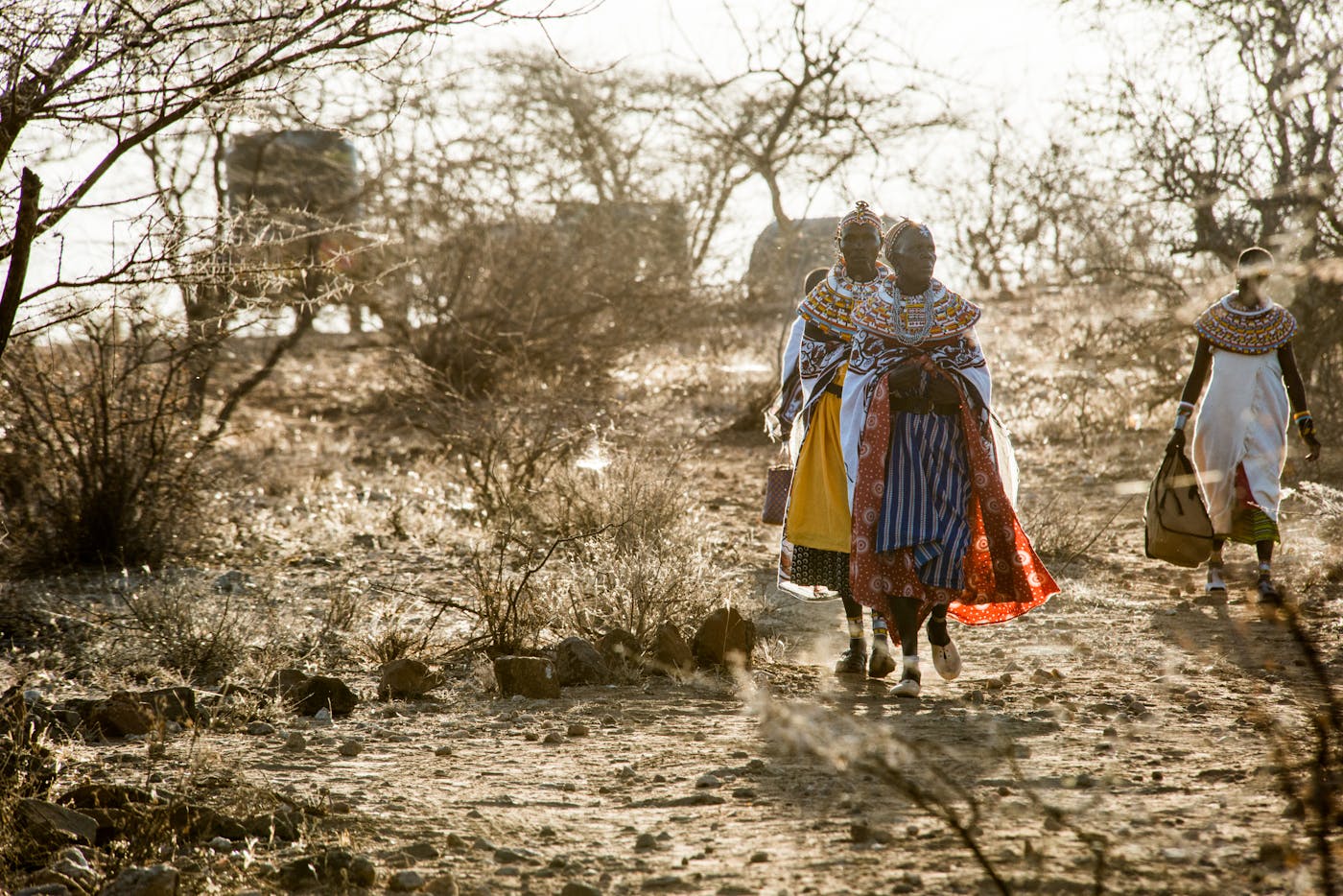Recovering the Endangered Grevy’s Zebra Through Community-led Conservation
- Nature Conservation
- Women
- Sustainable Livelihoods
- Community Action
- Indigenous Tenure
- Pastoralism
- Wildlife Connectivity
- Land Corridors
- Grasslands
- Sub-Saharan Afrotropics
- Afrotropics Realm
| Bioregion | Lake Turkana-Sudd Grasslands, Bushlands & Forests (AT21) |
| Category | Nature Conservation Our project categories represent one of three core solutions pathways to solving climate change. Energy Transition focuses on renewable energy access and energy efficiency. Nature Conservation includes wildlife habitat protection and ecosystem restoration, as well as Indigenous land rights. Regenerative Agriculture supports farmers, ranchers, and community agriculture. |
| Realm | Afrotropics The Project Marketplace is organized by the major terrestrial realms divided into 14 biogeographical regions – N. America, Subarctic America, C. America, S. America, Afrotropics, Indomalaya, Australasia, Oceania, Antarctica, and the Palearctic realm, which coincides with Eurasia and is divided into Subarctic, Western, Central, Eastern, and Southern regions. |
| Partner | Grevy's Zebra Trust |
The One Earth’s Project Marketplace funds on-the-ground climate solutions that are key to solving the climate crisis through three pillars of collective action — renewable energy, nature conservation, and regenerative agriculture. This project protects and restores the Grevy's zebra by empowering Indigenous communities as wildlife scouts.
When Ngeeti Lempate was first recruited as a Grevy’s Zebra Scout in northern Kenya, she couldn’t read or operate technology. “I was illiterate,” she recalls. “I couldn’t even hold a pen.”
Now approaching two decades in the conservation role, in which she was the program’s first woman Scout, “Mama Grevy” can write and operate GPS equipment. Those skills are essential to help her monitor the health, migration, and future of the endangered Grevy's zebra (Equus grevyi).
Support for this project will help Scouts like Lempate continue to further protect and research the Grevy's zebra to increase its population.
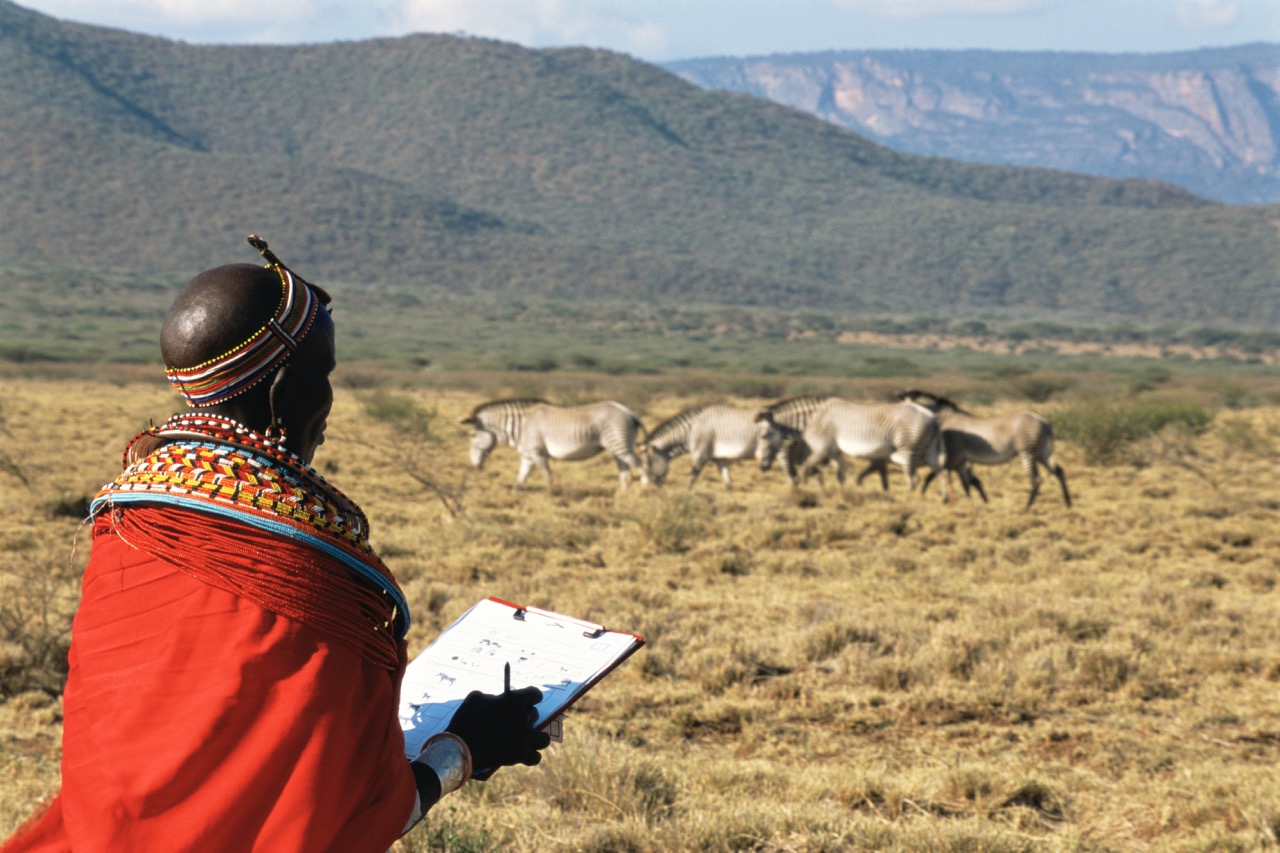
Ngeeti Lempate monitors Grevy’s zebra. Image credit: courtesy of James Warwick
Empowering women as citizen scientists
Women in Lempate’s Samburu tribe have traditionally been little seen or heard. But the 20 women employed by Grevy’s Zebra Trust as Scouts — many widows or single mothers — play a critical part in a burgeoning conservation program as citizen scientists. Their research has been utilized in studies published in scientific journals.
The Scouts are helping bolster a species on the brink and teaching others about the importance of biodiversity and conservation. It allows women to assume leadership roles in societies that have long given them short shrift.
“The Grevy’s Zebra Scout program has given women a voice and improved our status in our community,” notes Lempate, who resides in southern Samburu County. “My community now listens to me more and comes to seek my opinion — even men. This was unheard of in the past.”
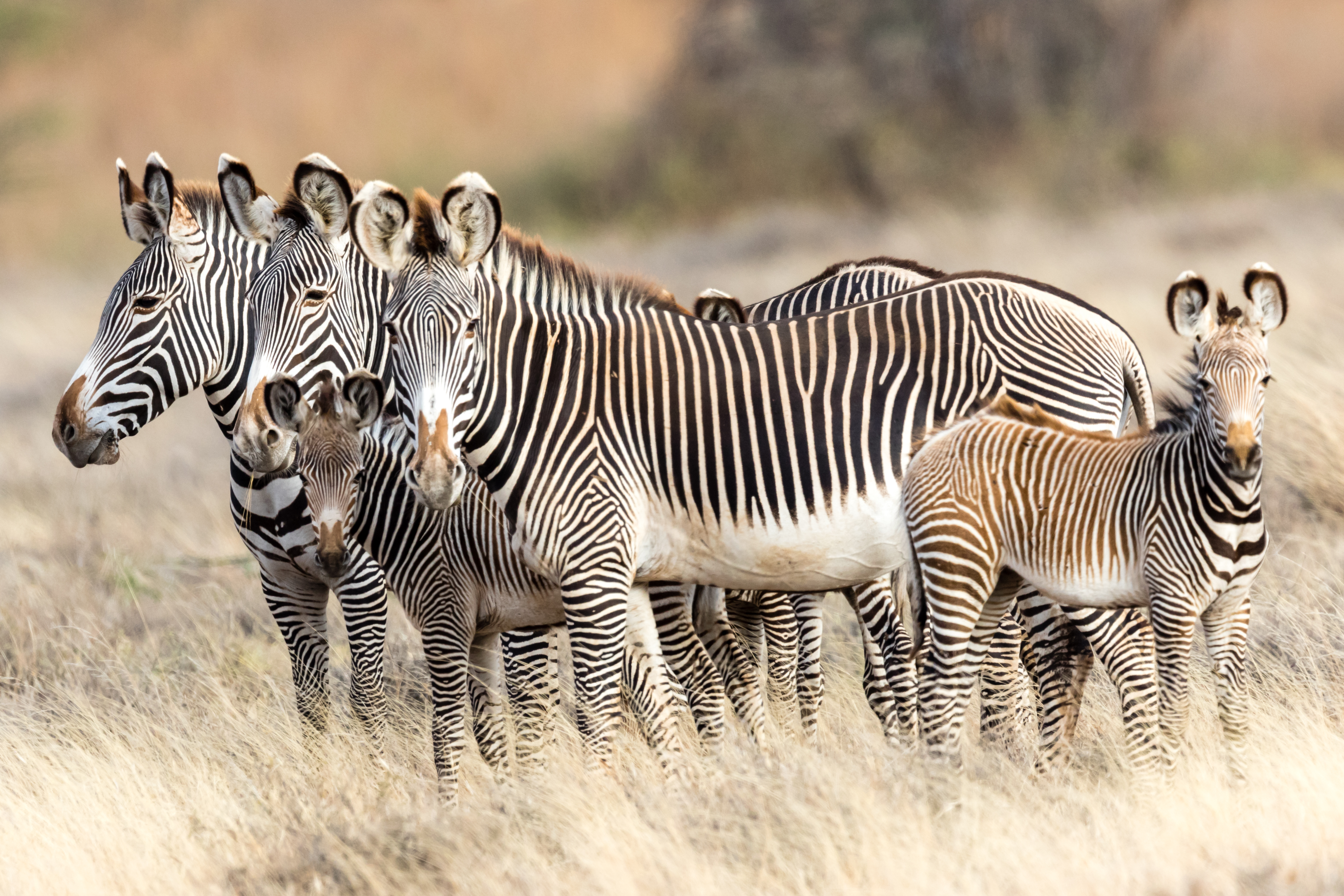
The endangered Grevy’s zebra. Image credit: Courtesy of Andrew Peacock/Footloosefotography
The rise and fall of the Grevy’s zebra
Grevy’s zebra is also known as the imperial zebra, and it is the largest living equid species — larger than both the plains and mountain zebra. The species' name derives from a 19th Century French President, Jules Grévy, who received one as a gift from the King of Abyssinia (present-day Ethiopia).
But only 3,000 Grevy’s zebra remain in the wild, an astounding 78% decrease from the 13,700 counted in 1977. Threats to Grevy’s zebra include poaching and loss of habitat from climate change. And though once a familiar sight throughout much of East Africa, the remaining Grevy’s zebra are concentrated in just Kenya (more than 95% of this species are found in northern Kenya) and Ethiopia.
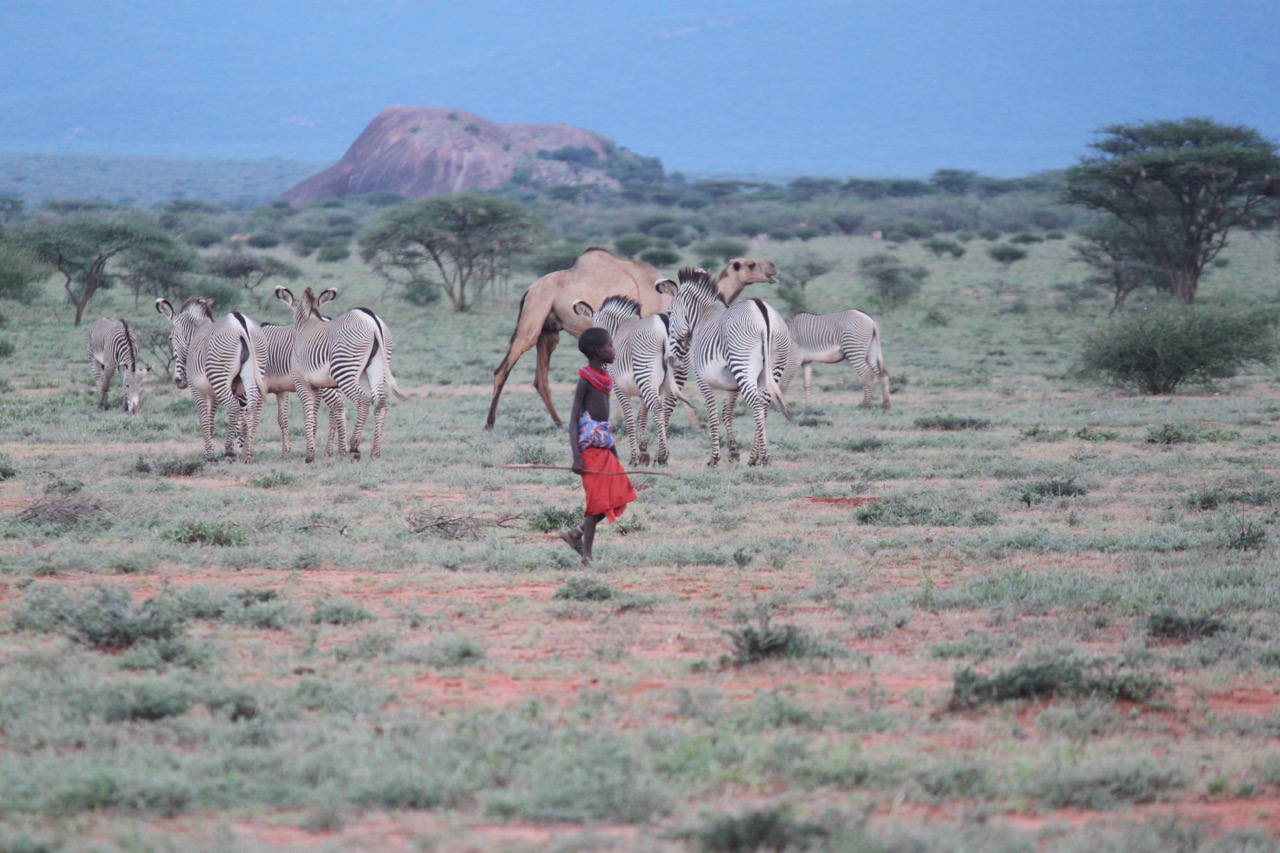
Grevy’s zebra and people peacefully coexist in northern Kenya. Image credit: Courtesy of Grevy's Zebra Trust
Coexistence is crucial to conservation
Grevy’s Zebra Trust recognizes that the survival of the Grevy’s zebra depends on its ability to coexist with the people living in northern Kenya and that the human residents must be at the center of designing and driving conservation efforts. The organization, therefore, works in partnership with Indigenous people — pastoralists from the Samburu, Turkana, and Rendille ethnic groups — and hires its Scouts (including ten men among 30 Scouts total) from within seven different populations in the area.
Pastoralists and zebras have more in common than one might first presume. Both migrate seasonally in the unfenced, semi-arid grassland region. And both the Grevy’s zebra and the human residents of northern Kenya share similar threats to their futures: land degradation, restricted access to water, and insecurity.
Grevy’s Zebra Trust aims to explicitly tie the fortunes of these two groups together to benefit them both.
Success so far in saving the species
For two decades, Lempate and the other program Scouts have worked tirelessly to aid the survival of Grevy’s zebra — the only of the planet’s three zebra species that is endangered. In addition to intensively tracking their movements, the Scouts have aided the creatures — digging water wells for them during droughts and supplying supplemental feed when necessary. And they’ve educated local schoolchildren and elders about the importance of protecting the zebra’s natural environment, fostering positive attitudes toward the species.
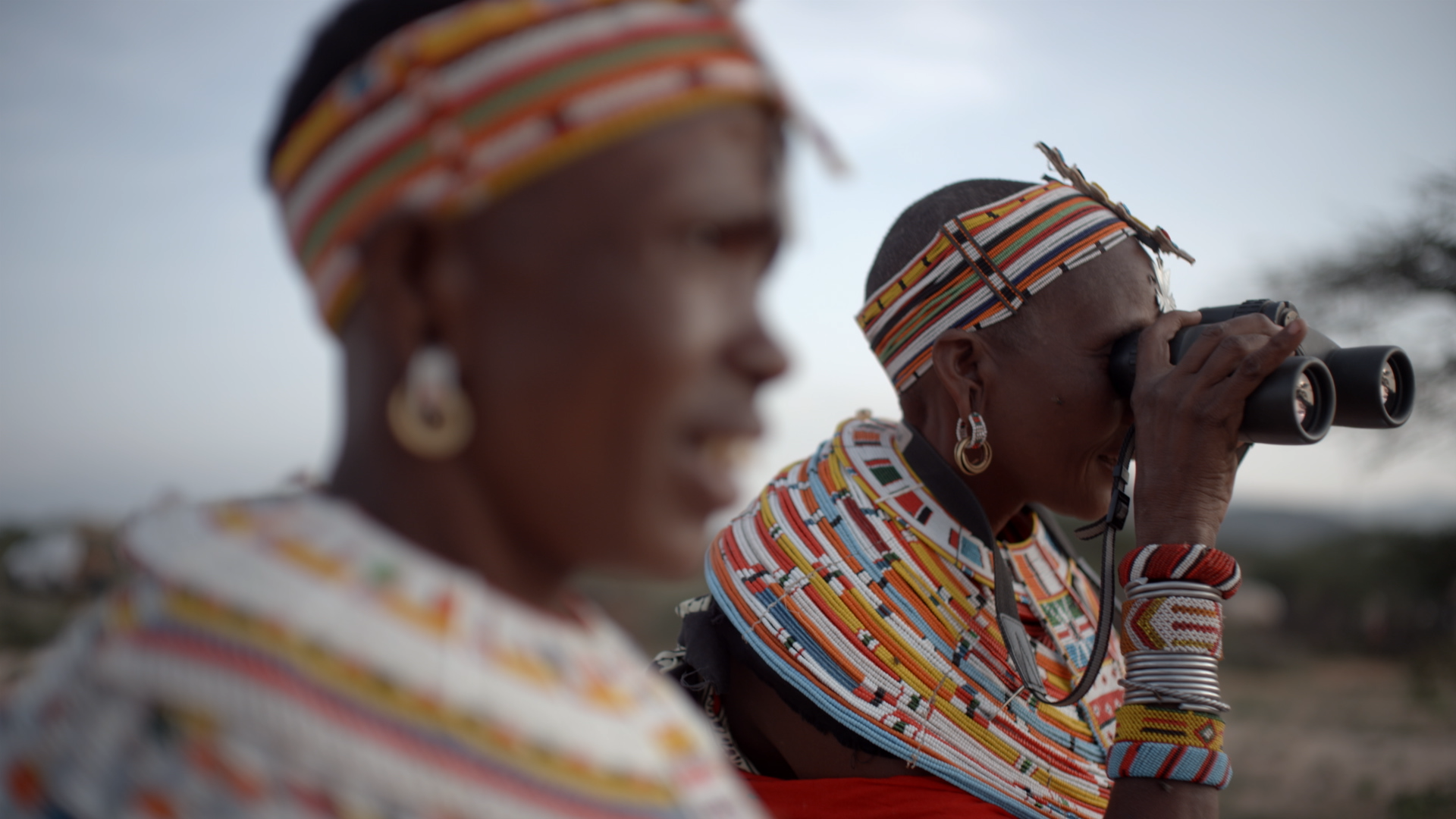
Grevy’s Zebra Scouts Paatin Lebacha and Naatimu Leletur monitor Grevy’s zebra. Image credit: Courtesy of lizabeth Shrier/Wild Elements Studios
Support will help digitize the Scouts’ work
New funding will ensure that Grevy’s Zebra Trust’s team of Scouts can continue to patrol the landscape, providing critical information on the Grevy’s zebra. It will also allow Grevy’s Zebra Trust to migrate from paper-based to digital data collection and for the scouts to photograph all Grevy’s zebra they encounter, thus contributing vital data to Kenya’s national database.
Both developments will enable more current data visualization to better inform management decisions on their care. Transitioning to digital data collection will require intensive training and follow-up by the Grevy’s Zebra Trust team over six months.
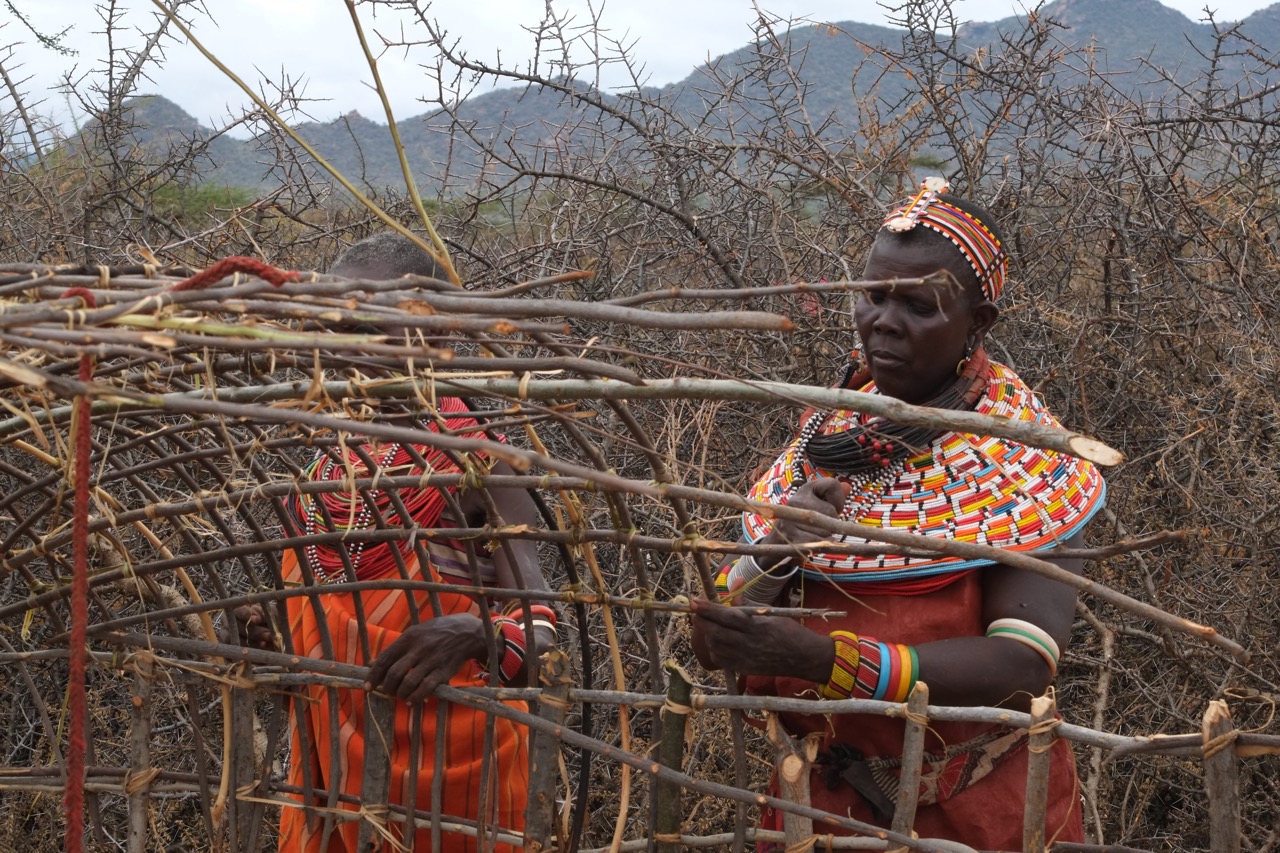
Ngeeti Lempate constructing her traditional hut. Image credit: Courtesy of Alex Dudley
Both people and nature benefit from recovery
Long-term success is a growing Grevy’s zebra population that coexists with thriving, peaceful human settlements across healthy rangelands. The Grevy’s Zebra Scouts and their families will benefit directly from their employment income, extending to the broader community.
Women scouts gain agency and are afforded decision-making power, resulting in a significant gain for women in a traditionally patriarchal society. Scouts also champion rangeland recovery as part of Grevy’s Zebra Trust’s broader work, benefiting wildlife and livestock and increasing livelihood resilience to climate change.
In addition, community engagement by the Scouts leads to increased coexistence with Grevy’s zebra through improved management and sharing of natural resources. Actions include community meetings, rangelands-management training workshops, and the implementation of sustainable grazing plans.
“This job has changed my life completely,” says Lempate. “It has given me confidence within my community and a voice as a woman. My community giving me a listening ear is the greatest motivation I ever had in my life.”
